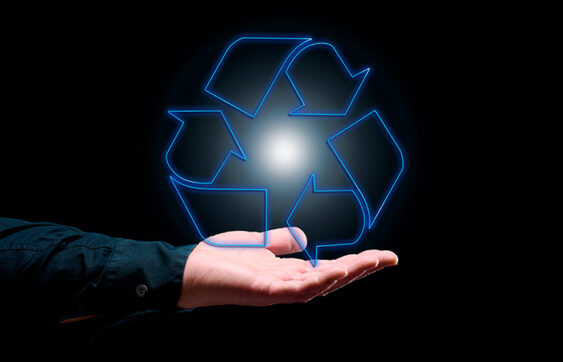How Drug Plastics Has Reduced its Carbon Footprint
Since 2015, part of our corporate mission at Drug Plastics has been striving to reduce our impact on our planet. This includes offering our customers the choice of more sustainable resins to manufacture our bottles and closures. Sustainable resin choices include virgin resin made from Advanced Recycling, resin made through Mechanical Recycling, and resin made from renewable bio-materials.
Our sustainability commitment also affects how our manufacturing plants operate on a day-to-day basis. We have made significant strides improving our internal sustainability record at all of our manufacturing facilities and the corporate office.
To that end, we have increased our renewable/carbon-free electrical generation dramatically using sustainable sources such as wind generation. In fact, all six of our bottle manufacturing facilities will have 100% renewable/carbon free electrical generation for 2024.
In addition, we challenged our eight locations to reduce electricity consumption, reduce water usage, reduce natural gas usage, and implement aggressive recycling programs. Our goal is to develop programs and take actions that reduce our carbon footprint every year. See a summary of our results below.

Emissions Reduction from Electricity Usage
Drug Plastics produced 41.6% less greenhouse gas emissions from electricity usage in 2024 compared to 2023.
Using 2015 electricity usage as a baseline, greenhouse gases emissions were reduced 89.0% in 2024.

Reduction of Water Usage
Drug Plastics used 9.2% less water in 2024 compared to 2022.
Using 2015 as a baseline, water usage was reduced 14.9% in 2024.

Emissions Reduction from Natural Gas Usage
Greenhouse gas emissions from natural gas usage remained steady in 2024 compared to 2023. This statistic fluctuates as some plant locations have colder winters than others.
Using 2015 natural gas usage as a baseline, greenhouse gas emissions were reduced 13.4% in 2024.

Waste Reduction from Scrap Recycling
Drug Plastics reduced total material waste by 7.3% in 2024 compared to 2023.
Using 2015 as a baseline, material scrap was reduced 9.8% in 2024.
Want to Learn More?
